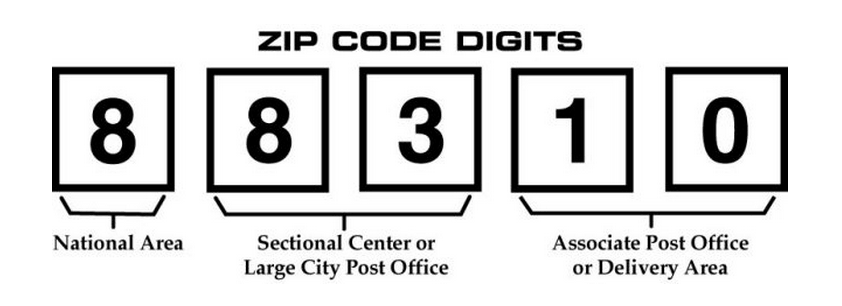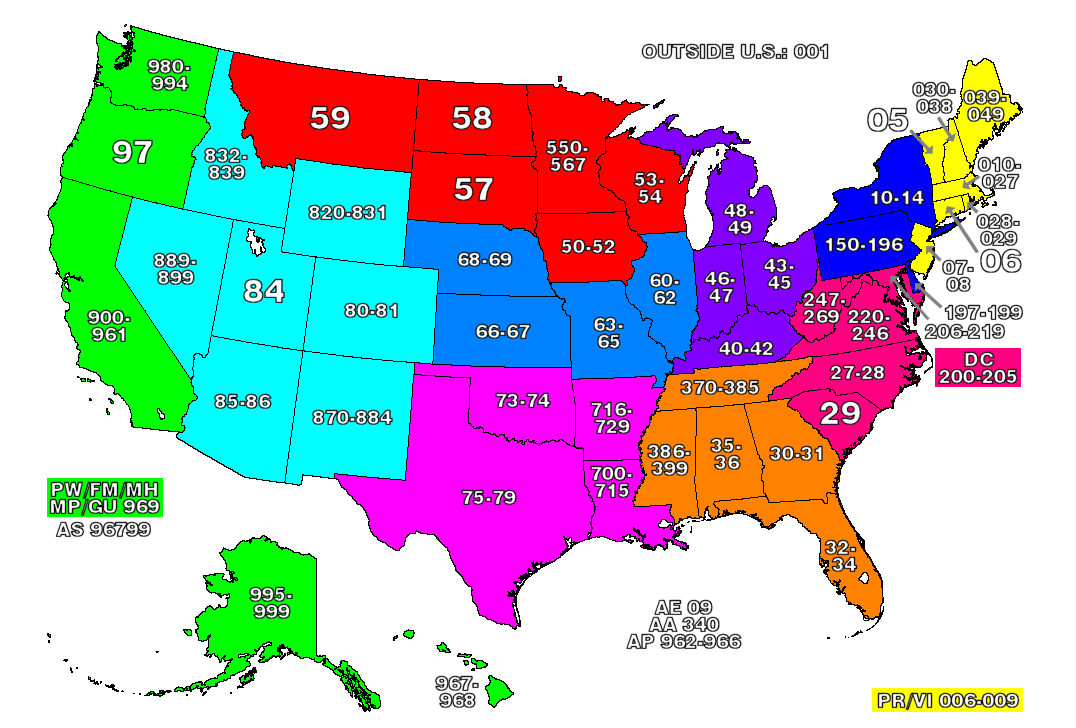This past year I led a team with analysts and developers as we migrated our data warehouse from a costly external solution to a low-cost internal, no-ops solution using Google BigQuery. Needless to say, we love it!
One of the many things we do is creating marketing lists for our teams. Sometimes they are straightforward and sometimes they can be a bit more complex.
One request we received recently gave me a good chance to be very creative in how I tried to solve this problem and I’d like to walk you through it.
The request was something like "I'd like all customer ids within a 200 mile
radius of the 80535 zip code." That on the surface is pretty straightforward
until you think about how you might pull something like that off.
First, the BigQuery documentation does have examples for using bounding boxes.
But you’d have ask if that is the best solution? or if there are other options?
A less than ideal option might be to look the zip codes up by hand and write
some sql code for it like:
SELECT
customerNumber
FROM
[table.dataSet]
WHERE
regexp_match(postalCode, "80535, 80536,......")
But after looking at a list of hundreds zip codes, who would want to do that?
Recently my coworker Jason and I were talking about finding patterns in data and that got me thinking about how you might use something like that for this solution.
If you don’t know a lot about zip codes, you can read this short piece by
Smarty Streets. Since
zip codes have a “pattern”, we can really just use the first two digits to pair
down hundreds or thousands of zip codes into just an array of less than a dozen.


Next, I found a tool called Zip Codes API that I can use to programmatically pull in zip codes with a radius. We’re almost there!
Finally, I’d like to create a piece of code that could be used without repeating
a lot of manual work. So my requirements for some R
code would be:
- It should be programmatic and reproducible, ie a function
- It should build the query for me and return the results in a data frame
Let’s dive into the code!
Let’s walk through what the code does:
First we’ve built a function that will accept the inputs for zipCode, radius
, apiKey and columns. The columns for your query can just be a string like
one, two, three and will will be used in both SELECT and GROUP BY.
We’ll be using the libraries: stringr, jsonlite, bigrquery and dplyr.
jsonlitewill call the API, get the response and store it in memory.stringrwill get the left two results ofzip_code, where we will concat the results into a string for the query.bigrqueryruns the query and returns results to a dataframe.
The function will build a query like this:
SELECT
customerNumber,
FROM
[table.dataSet]
WHERE
REGEXP_MATCH(LEFT(postalCode, 2), "xx|xx|xx|xx|xx")
GROUP BY
customerNumber
Now we’ve written our function and it’s ready to run. Depending on our needs, we can extend it further and save it as a CSV and mail it to someone if desired.